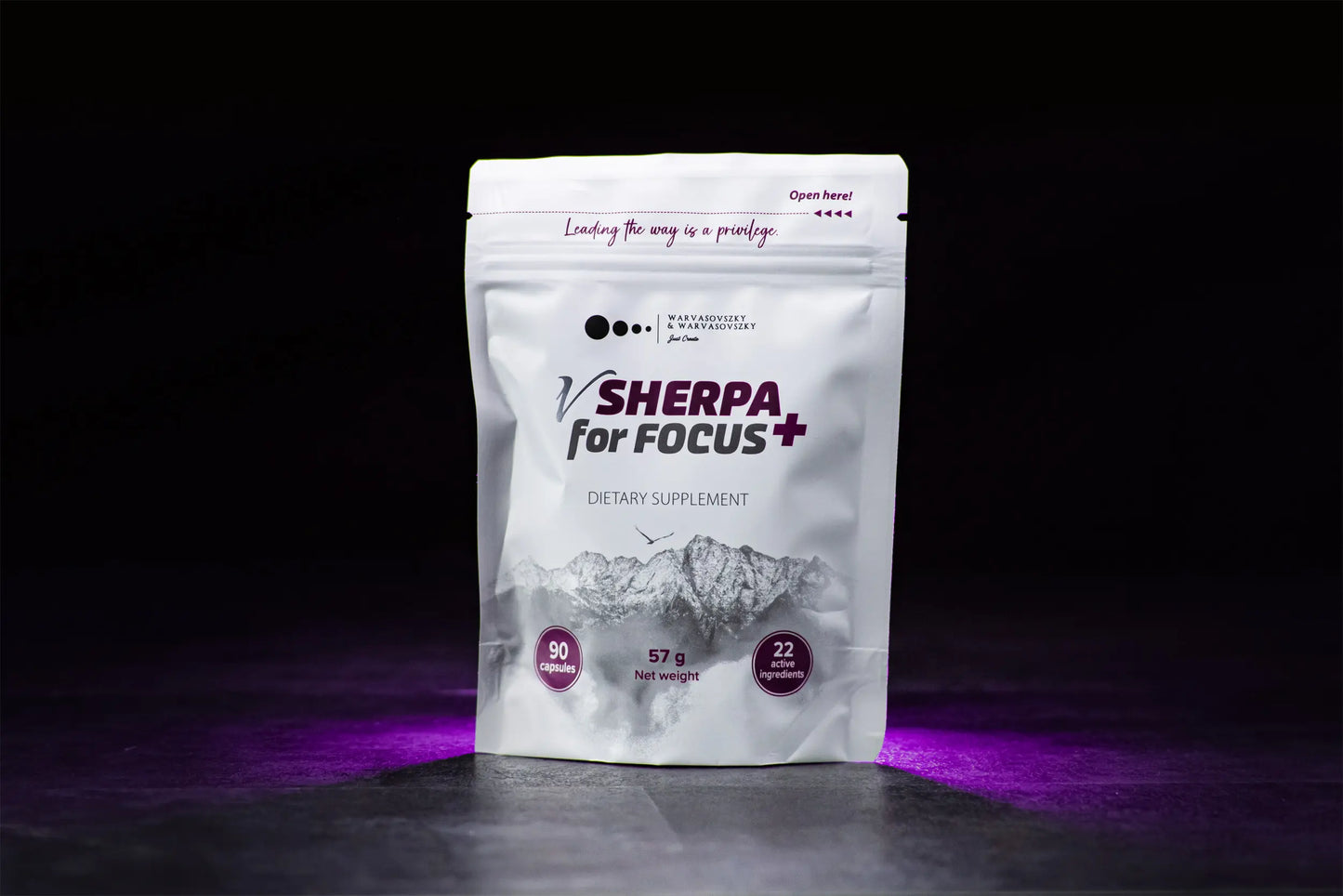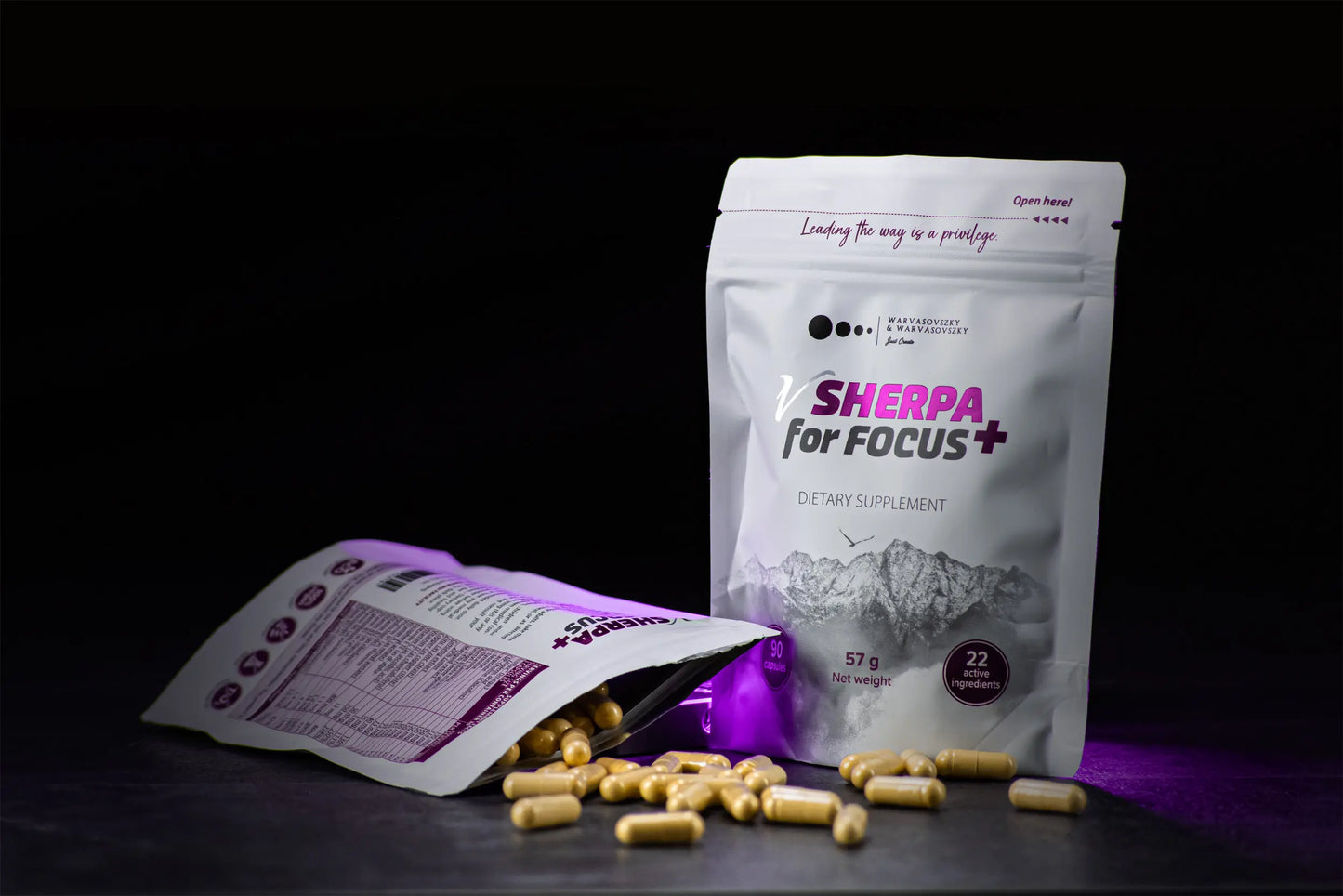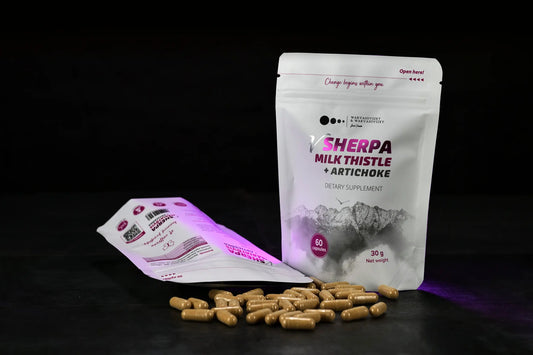
The Turmeric, Piperine, and Vitamin E Combination: Where Ancient Tradition Meets Modern Science
Share
Turmeric, often referred to as the "golden spice," has been used in Asian medicine for centuries. Its active component, curcumin, has been shown by recent scientific research to possess anti-inflammatory and antioxidant properties. Curcumin can promote the growth of neurotrophic factors in the brain, which play a role in improving the lifespan and function of nerve cells.
Piperine, a constituent of black pepper, primarily enhances the absorption of curcumin in the intestines, without which most of the curcumin would remain inaccessible to our bodies. Studies have shown that piperine can increase the bioavailability of curcumin by up to 20 times.
Vitamin E, a potent antioxidant, protects cells from oxidative stress and attacks by harmful free radicals. It also plays a key role in supporting the function of the immune system, especially in the elderly.
The combination of these three components uniquely combines the power of natural plant extracts and vitamins. While the combination of turmeric and piperine improves the bioavailability of curcumin, vitamin E further strengthens cell protection and supports the immune system. The synergistic effect of this trio offers a promising solution for reducing inflammation, oxidative stress, and improving overall health conditions.
In summary, the combination of turmeric, piperine, and vitamin E unites the power of nature and the latest results of scientific research into a single, effective formula, offering excellent health support for modern individuals against the challenges of everyday life.
Sources:
- Aggarwal, B.B., Sundaram, C., Malani, N., & Ichikawa, H. (2007). Curcumin: the Indian solid gold. Adv Exp Med Biol, 595, 1-75.
- Liu, D., & Wang, Z. (2019). The effects of curcumin on the brain-derived neurotrophic factor expression through the TLR4 signaling pathway in lipopolysaccharide-stimulated brain microvascular endothelial cells. J Neuroinflammation, 16(1), 213.
- Shoba, G., Joy, D., Joseph, T., Majeed, M., Rajendran, R., & Srinivas, P. S. (1998). Influence of piperine on the pharmacokinetics of curcumin in animals and human volunteers. Planta Medica, 64(04), 353-356.
- Singh, J., & Dubey, R.K. (2015). Enhanced bioavailability of curcumin in the presence of piperine: a review. J Pharm Pharmacol, 3(6), 435-448.
- Rizvi, S., Raza, S.T., Ahmed, F., Ahmad, A., Abbas, S., & Mahdi, F. (2014). The role of vitamin E in human health and some diseases. Sultan Qaboos Univ Med J, 14(2), e157-e165.





























